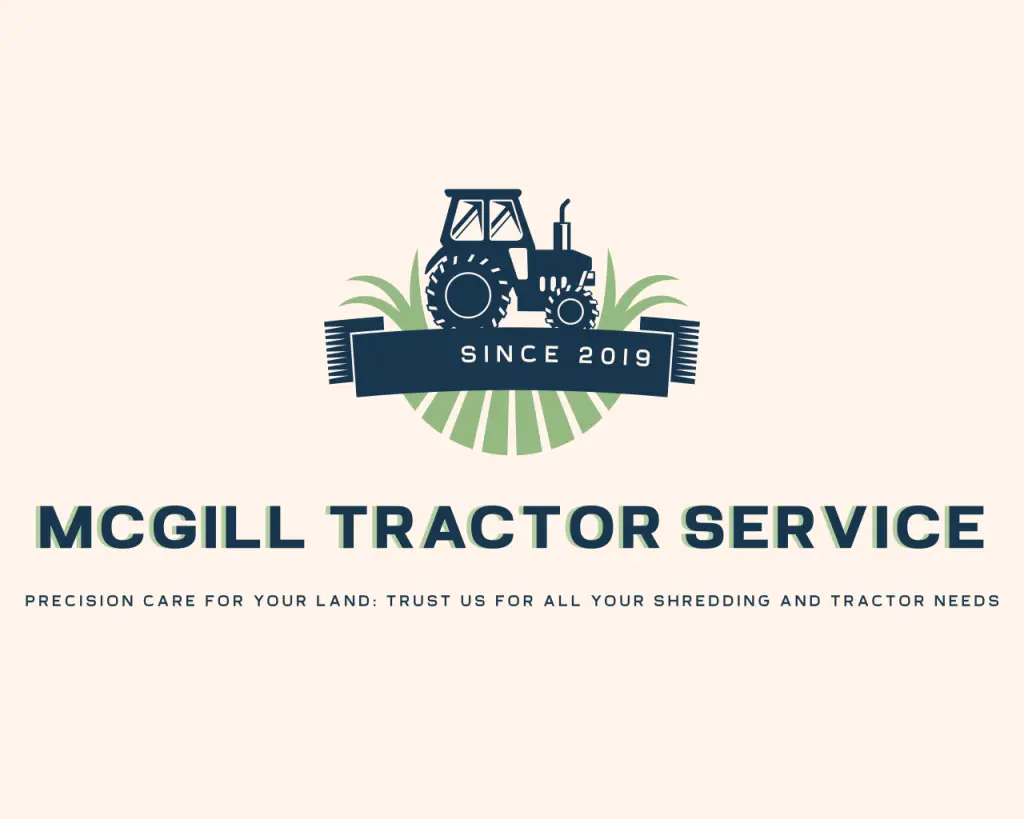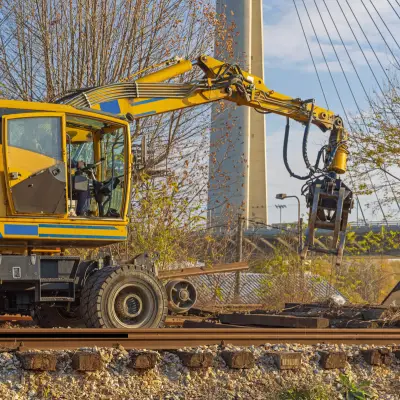Removing an old or damaged fence might seem like a small task, but fence removal can completely transform the look and safety of your property. Whether it’s a wooden privacy fence that’s rotted over time or a rusty chain-link fence that’s seen better days, proper removal is the first step toward a cleaner, safer, and more functional outdoor space.
Understanding Fence Removal
Fence removal is the process of taking down existing fencing, including posts, panels, and footings. It may sound simple, but it often involves careful planning, physical labor, and attention to detail.
Homeowners usually consider removing a fence when:
- The fence has become unstable or unsafe
- They want to redesign their yard or landscape
- The existing fence no longer fits the property’s layout
- They’re planning new fencing or land improvements
Proper removal ensures the ground beneath is left even, clean, and ready for whatever comes next whether that’s new fencing, planting, or grading.
Common Reasons to Remove a Fence
Fences aren’t built to last forever. Weather, moisture, soil movement, and time all take a toll. Here are a few common reasons homeowners and landowners choose fence removal:
- Aging and Damage
Wooden fences can rot or warp, while metal ones rust and lose stability. Removing an old fence prevents hazards and keeps your property looking fresh. - Upgrading the Landscape
If you’re redesigning your outdoor space, you may need yard grading and leveling before adding new features. Fence removal helps clear the area for that transformation. - Property Expansion
Adding a new driveway, patio, or shed? An old fence may block construction plans. Removing it allows for better land access and preparation. - Boundary Adjustments
Sometimes property lines change or need clarification. Removing and reinstalling a fence after surveying ensures accurate placement.
How Fence Removal Works
A successful fence removal project follows a step-by-step process designed for safety and efficiency.
- Assessment – Inspect the fence type, materials, and stability before starting.
- Panel Removal – Detach boards, panels, or wire mesh carefully to avoid damage to surrounding property.
- Post Removal – Posts embedded in soil or concrete are extracted using proper equipment or leverage tools.
- Clearing and Cleanup – Once all sections are down, debris is gathered, and the ground is cleared for reuse.
- Land Leveling – In some cases, land grading and leveling follows to prepare the site for new fencing or landscaping.
Even though it may look like a straightforward task, removing posts and footings requires strength and precision especially when they’re buried deep or surrounded by roots and rocks.
Types of Fences Commonly Removed
Professional or DIY fence removal projects can involve various materials. Each type requires a slightly different approach:
- Wooden Fence Removal: Boards and rails are often nailed or screwed, so careful dismantling prevents splitting.
- Chain Link Fence Removal: Involves cutting metal ties and unbolting posts.
- Vinyl Fence Removal: Lightweight but can crack easily if forced patience matters here.
- Wire or Barbed Fencing: Common in rural areas, these need safe handling and gloves to prevent injury.
Each material has its challenges, but the end goal is the same restoring your property’s open space.
DIY vs. Professional Fence Removal
If you’re handy, you might consider removing your own fence. For smaller fences or short sections, that’s possible. But for large or complex fences, hiring professionals can save time and effort.
DIY Fence Removal requires tools like:
- Hammer or crowbar
- Post puller or shovel
- Gloves and safety glasses
- Wheelbarrow for debris
However, professional fence removal services near you come with benefits:
- Specialized tools for tough posts
- Efficient cleanup and waste disposal
- Reduced risk of injury or property damage
Whether you do it yourself or hire experts, the key is to follow safe practices and handle debris responsibly.
Preparing for Fence Removal
Before starting, consider a few important steps:
- Check Property Lines: Ensure you’re working within your boundaries.
- Contact Utility Services: There might be underground wires or pipes near fence posts.
- Plan Disposal: Have a plan for hauling away old materials or recycling metal parts.
- Think Ahead: If you plan to install a new fence, coordinate removal with land leveling or clearing.
These small precautions can save you from big problems later.
What to Do After Fence Removal
Once the old fence is gone, your property might look bare but that’s an opportunity. You can now:
- Install a new, modern fence that matches your home’s style.
- Begin yard grading or land leveling for smoother landscaping.
- Start planting trees or hedges for natural privacy.
- Use the open space for recreational or storage purposes.
Fence removal isn’t just about getting rid of something it’s about making room for something better.
Environmental Responsibility
Fence materials, especially treated wood and vinyl, shouldn’t just be dumped. Whenever possible, recycle metal parts and dispose of wood properly. Many fence removal companies now practice eco-friendly disposal, ensuring less waste ends up in landfills.
Being mindful of this step benefits both your property and the environment.
Final Thoughts
Whether you’re upgrading your landscape, clearing space for a new project, or simply tired of that old, leaning fence, fence removal is an essential step toward improving your property.
With careful planning, safety measures, and the right approach, you can ensure the process goes smoothly — leaving your yard clean, level, and ready for the next phase.




